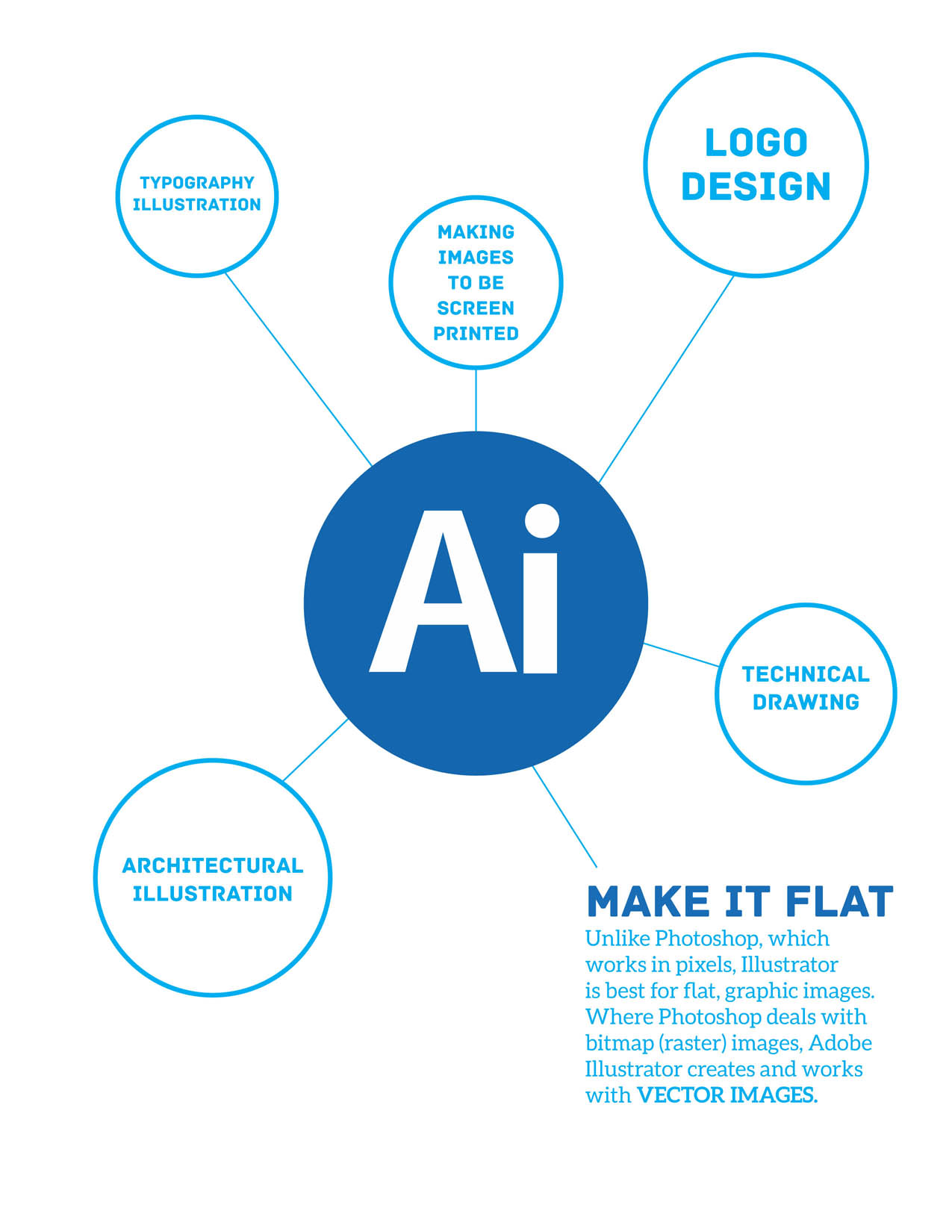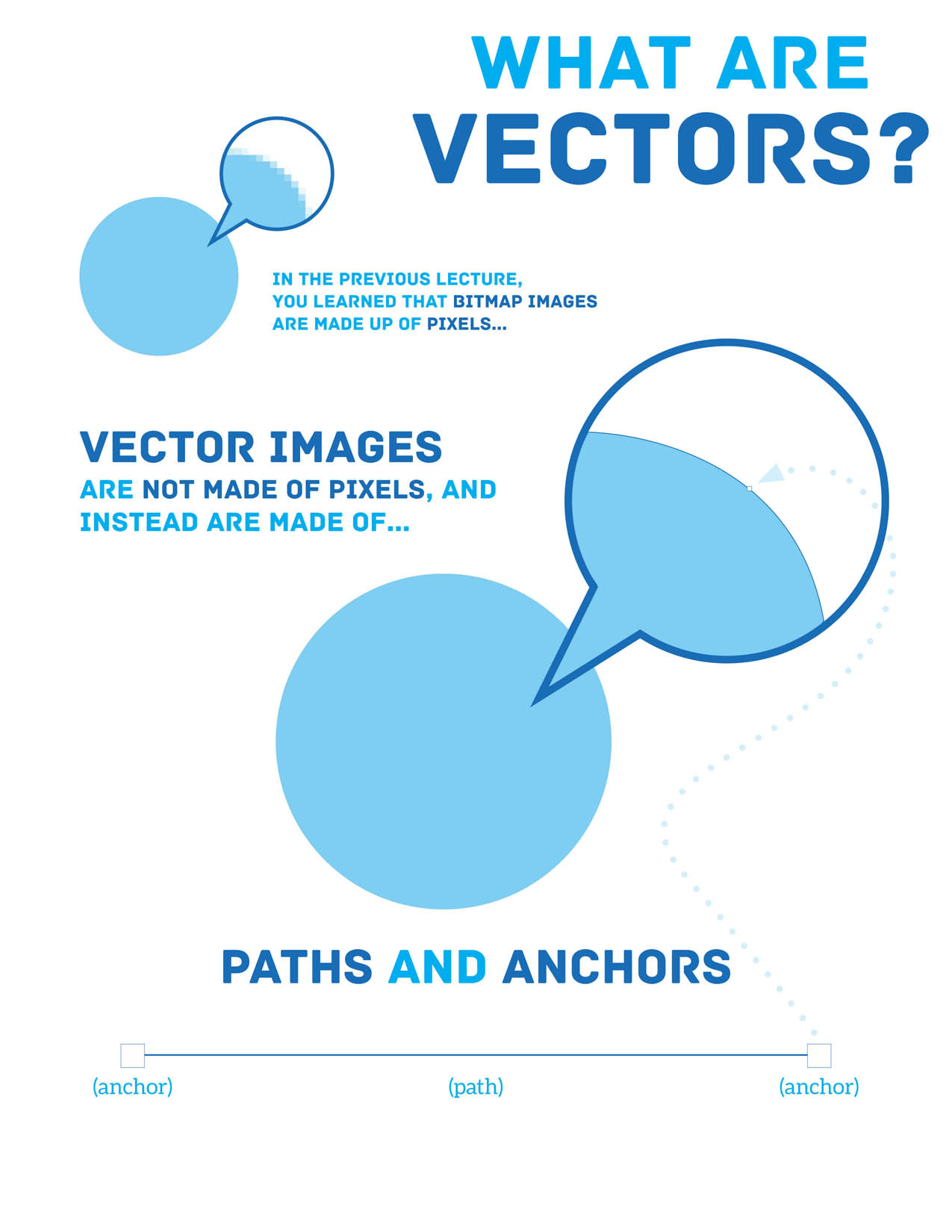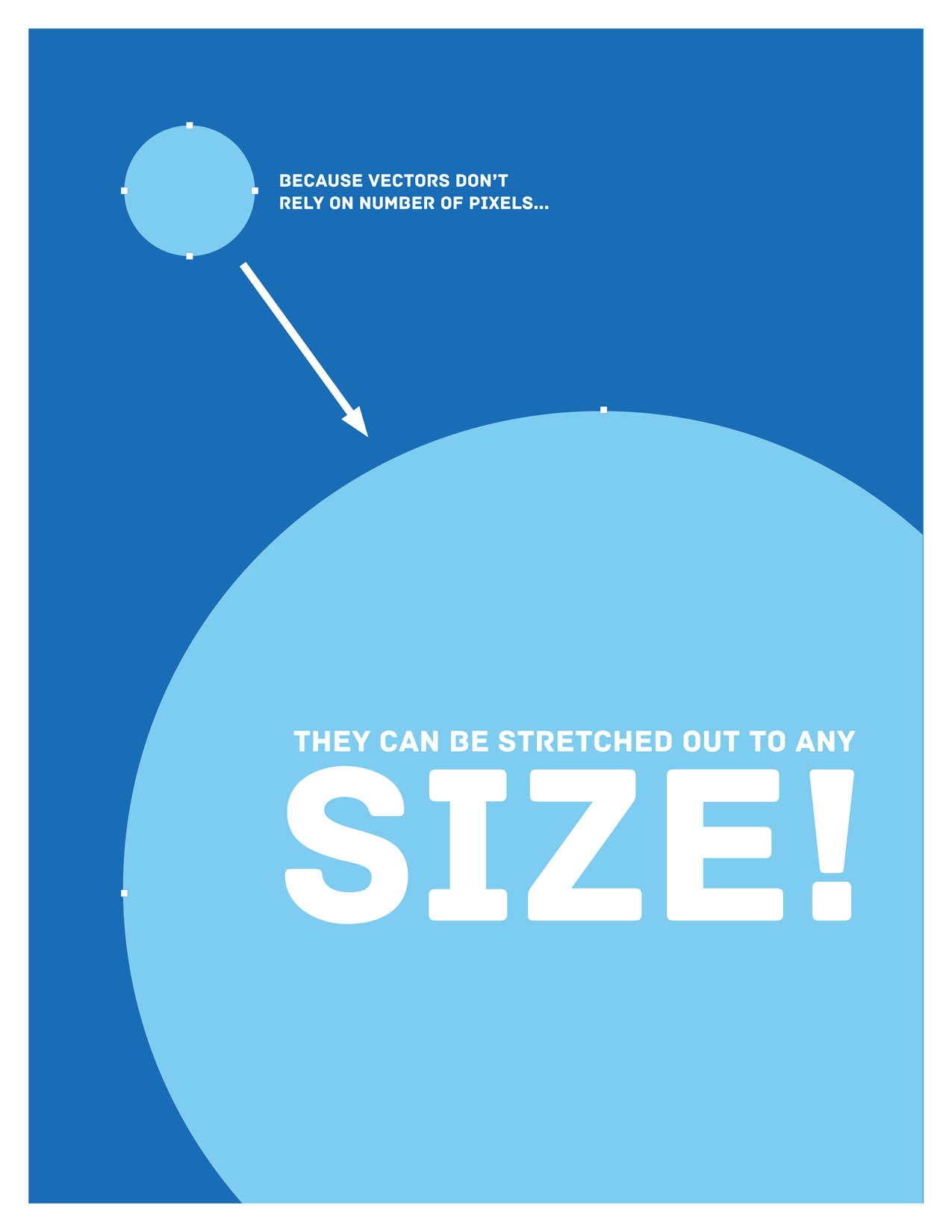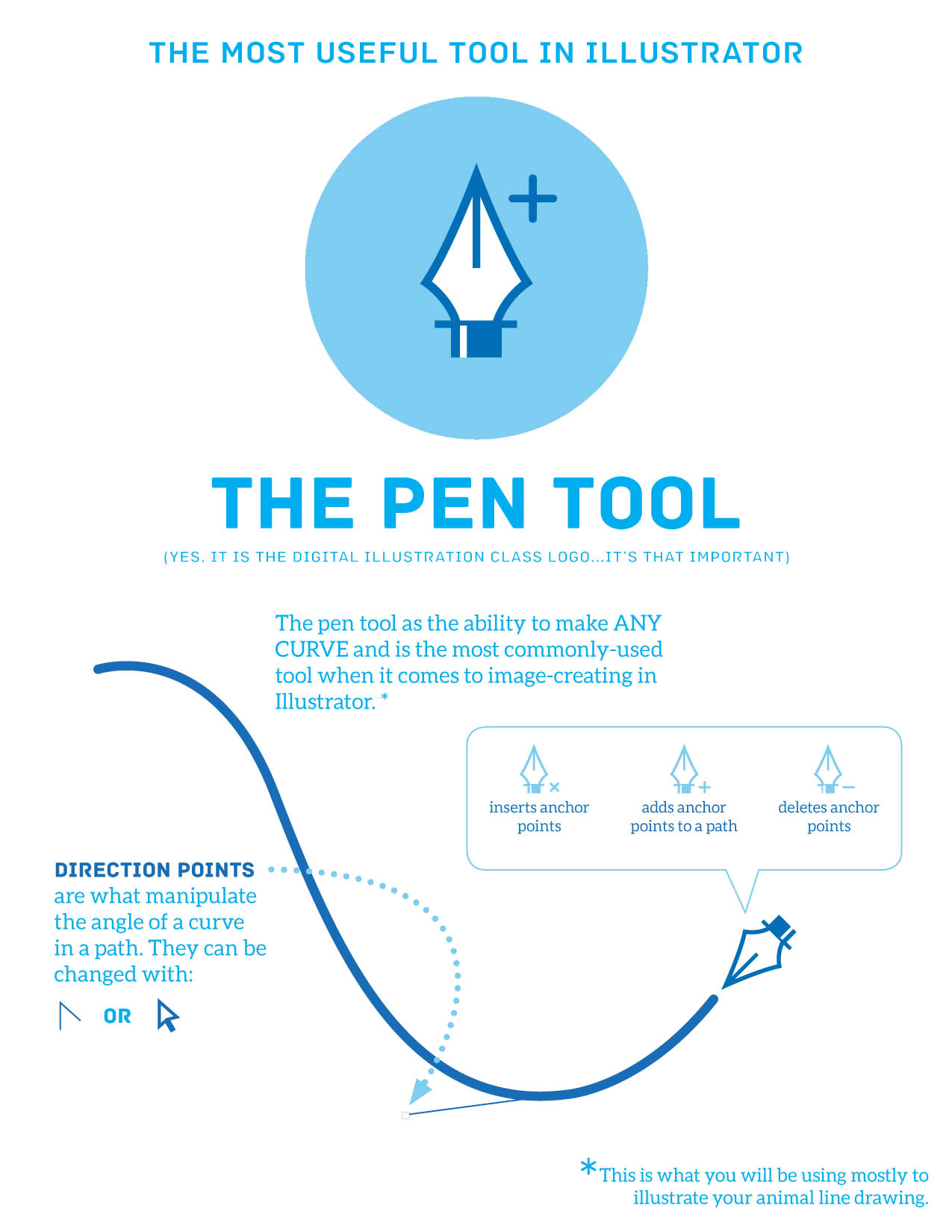Blog

Creating Learning Material
-Creating Learning Material:
A Beginners Guide to Making
Educational Content
In 2014, back when I lived in Pittsburgh, I received the opportunity to be an art instructor at a community-focused arts organization known as Wash Arts (located in Washington county). In addition to myself, Joe Mruk, a Pittsburgh-based illustrator and one of my best friends, was asked to be involved as well. Every Saturday morning we would teach a kids class, which was then followed by an adult class in the afternoon. Joe had Intro. to Drawing while I was responsible for the Beginner’s Digital Illustration class. I should mention that at that time we had no prior teaching experience. However, this did not stop us from being beyond excited. We could not wait to share what we knew, yet wanted to do more than just provide instruction on foundational skill sets. It was our ambition to encourage and inspire, to make art accessible and break down the excluding notion that not everyone is creative or could be an artist.
As soon as we received the opportunity with Wash Arts, we hit the ground running. We did a lot of preparation: wrote lesson plans, gathered references and created learning resources. We discussed during the week what we would teach for Saturday and spent Friday nights going over each others lesson plans. Sometimes we were up late working on educational infographics and other instructional visuals. We taught for six months and while we absolutely loved it, we eventually decided to move onto other opportunities.
In this tutorial, I will share with you the class material on vectors I created at that time, as well as the steps and considerations I recommend when creating your own inspiring and insightful content!
DIGITAL ILLUSTRATION | INSTRUCTOR: JORDAN WONG | SATURDAYS AT 10AM & 1PM
Teach What You Know and Love
This is the starting point. Let’s pretend that you’re teaching outside the world of academia, where you have more freedom and are not limited to a mandatory curriculum. Maybe you’re working for a non-profit arts organization or doing a class on Skillshare. Whatever the case, here are two questions in helping you decide what you should teach:
What am I really knowledgeable about?
What am I passionate about?
If you found something that answers both of these questions, you’re off to a really good start. Ever taken a class where the teacher could care less, which resulted in you caring less? Your level of enthusiasm will affect your students’, so be sure to choose something that you absolutely love. Something you could talk for hours and hours about, all while maintaining the biggest smile on your absurdly thrilled face!
In relation to what you’re knowledgeable about, make sure that you KEEP BEING knowledgeable. You, who people will look up to, must be on your A-game. Stay up to date on industry standards and trends. Know who the top dogs of the field are, their work can be used as class examples as well as sources of inspiration for your students (and you). Attend seminars, conventions, workshops and other events (like Weapons of Mass Creation Fest). I guarantee you will come back with fresh ideas and new material to share with your students.
Determine Who Your Students Are
Are your students very young with lots of energy and short attention spans? Are they older, yet not too familiar with the computer? Or are they seasoned experts with years of experience? Knowing who you will be teaching will determine the information you will cover. If they are just beginners, then you probably do not want to jump into really nitty-gritty, technical instruction or conceptual topics that will go over their heads.
Also, who your students are will determine the “look” of your content. It would not make sense to hand out the same bright, colorful, goofy material to your adult class that was meant for a kids class. But what if you’re instructing an adult beginner class and a kids beginner class as well? What if there is just no time (or money) to re-create different visual versions of the same content? If this is the case, take that into consideration in designing your curriculum. Perhaps you go for an aesthetic that is not too “old” or “young”, but somewhere in the middle so that it can work for both classes. (In fact, my lesson handouts were for both the beginners kids and adult class.) There are other ways to relate and appeal to your differing students, such as the projects that are assigned, the examples that are shown and your demeanor when lecturing and instructing.
The main point is this: really get to know who your students are. Find out their passions, their goals. What they struggle with and what they are really good at. The better you understand and empathize with your students, the greater success you will have in teaching and inspiring them.
Show Them Who YOU Are
You are the instructor, the teacher, the intelligent and well-versed leader standing in the front of the class. Naturally, your students are going to be curious who you are, so show them! Talk about how you got into your craft – origin stories are the best! Show your work and share your accomplishments, yet also tell of your struggles and failures. The latter is especially important. People relate and feel more motivated when they learn that the experienced, incredibly talented legend before them has also made mistakes along the way. They then feel that they too can do it!
Provide Context
Showing application and real world examples is important. Knowing why and when to do something is, if not more, just as important as knowing how to do something. Educate them on the rules so they may break them. Let them see how creativity lives in the real world. Don’t just stop at how to create a beautiful image, but how it can be used in a practical sense or even bring about change. We are not hobbyists, we are professionals. This is not only our passion, it is our careers and livelihoods. There is value to what we do. And we need to teach our students that there is value in what they do.
Introduce Concepts Sequentially
You do not read a book by bouncing around randomly chapter to chapter (UNLESS it’s a choose-your-own-adventure book). Your content needs to have a sense of order, building upon each other from basic to complex. The end of a lesson should segway into the beginning of the next.
In the “What are Vectors?” section of my handout, you’ll notice I allude to a previously taught section:

I used it to help introduce vectors and how they are composed of paths and anchors (as opposed to pixels). The lesson continues to build on that idea, showing the possibilities and nuances of working in Illustrator. The more “flow” your curriculum has, the more your students will retain and be able to apply.
Make it Engaging
Three ways to do this:
- Add personality
- Make it look good
- Have the visuals emphasize key points and help explain concepts
Blocks of text and bulleted lists will most likely bore your students. Utilize witty and playful elements to help get your point across. Show relevant, fun and interesting videos. Of course don’t go overboard and overload your material with silly internet memes or unrelated GIFs. Remember, employing visuals, even if they’re humorous, is to highlight the main ideas.

Revisit and Improve
Looking back, there are somethings I would change in my material. It’s always a good idea to review what you have taught so it can be better for the next time. Perhaps your examples are out of date or there are topics in which you need to expand upon. With software updating regularly and new versions being released every year (sometimes more), new capabilities will turn into industry standards sooner than you think. As said earlier, it is your job to be up to date and ensure your students are aware of current practices.
“But who am I to teach?”
Having never taught before, I struggled with some insecurities. “Who am I to teach anyone? Don’t I have to be really established in order for my teachings to be valid?” The truth is that you (and I) have experience that others don’t. You have skill sets that others have yet to develop. You have knowledge on subjects that people know nothing about. The focus is not on being the authority on matters, it’s about sharing what you know. There will probably be times in which your students will actually teach YOU something. Like I said, it is about imparting what you have learned onto them as well as encouraging them to surpass you. Learn and grow together.
There you have it! I hope this tutorial has been helpful. Like I said, I had no prior experience of teaching and felt like I was just “wingin’ it.” The truth of the matter is that is how everyone starts, doing their best and making it up as they go. So, if you feel unsure and nervous, know that you will do just fine. After all, We are all just trying to figure stuff out, so we might as well do it together.








